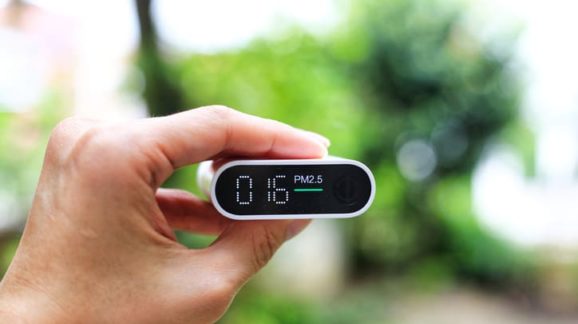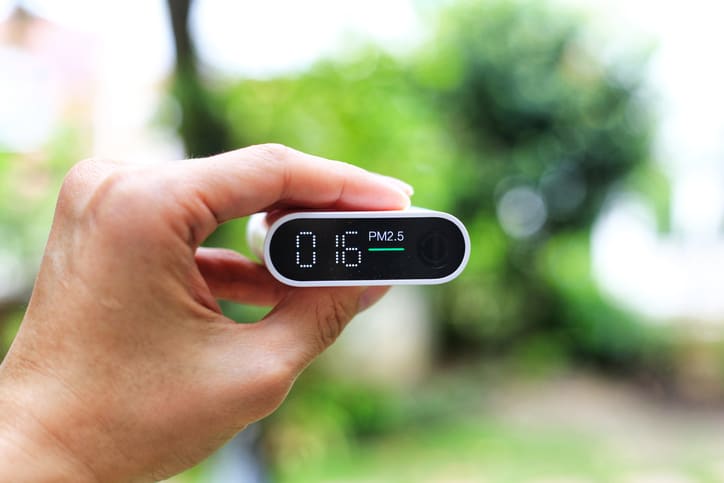Harvard Junk Science Study Claims High Pollution Levels Increase Deaths from COVID-19

 Researchers at Harvard University’s T. C. Chan School of Public Health in late April published a draft or preliminary study that concluded, “A small increase in long-term exposure to PM2.5 leads to a large increase in the COVID-19 death rate.” PM2.5 is fine particulate matter in the air, which is often called (not entirely correctly) soot.
Researchers at Harvard University’s T. C. Chan School of Public Health in late April published a draft or preliminary study that concluded, “A small increase in long-term exposure to PM2.5 leads to a large increase in the COVID-19 death rate.” PM2.5 is fine particulate matter in the air, which is often called (not entirely correctly) soot.
The study found that an increase of 1 microgram of PM2.5 per cubic meter of air was correlated with a 15 percent increase in the mortality rate from the COVID-19. The haste with which the study was thrown together was exposed a few days later when the authors lowered the 15 percent increase in mortality to 8 percent. Both numbers came with a 95 percent confidence interval.
The fact the study is a quick-and-dirty rush job indicates that the purpose is more to advance a political agenda than to advance scientific knowledge. Political success was instantaneous. The Biden presidential campaign cited the conclusion in its climate and environmental justice materials.
And Michael Bloomberg and former EPA Administrator Gina McCarthy quickly wrote an opinion piece based on the study. Published on May 4 in Bloomberg, they wrote, “[I]n the space of about a month, the president has repeatedly undermined rules limiting air pollution. Tens of thousands of Americans will die as a result.” This statement is preposterous, and also incredibly ironic coming from Gina McCarthy.
The EPA in 2012, during McCarthy’s tenure as assistant administrator of the EPA for air and radiation, published its revised standard for PM2.5 levels. The annual safe level was revised downward to 12 micrograms per cubic meter and the 24-hour level was maintained at 35 micrograms. But now she claims based on an obviously flawed study that an increase of 1 microgram will cause tens of thousands of additional deaths from the virus.
Among numerous flaws pointed out by experts, let me first mention that even in the unlikely case that there is a correlation between death rates from the virus and PM2.5 levels, correlation does not prove causality. The United States has PM2.5 levels that are less than one-sixth the global average and among the lowest in the world. Moreover, several countries with lower mortality rates also have much higher PM2.5 levels. As Steve Milloy points out, the death rate from the virus in Wuhan, China should be approaching 100 percent because its PM2.5 level is 158 micrograms.